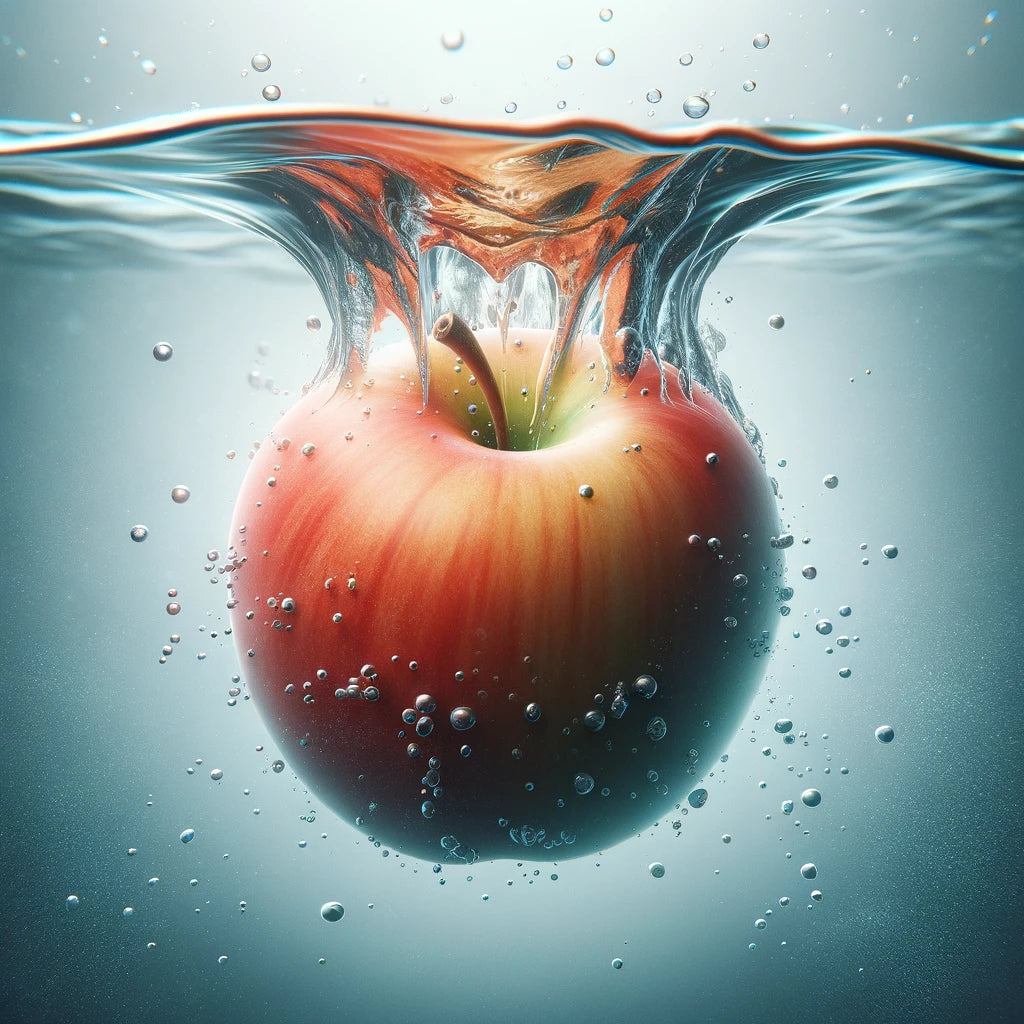In the realm of modern technology, iPhones and other smartphones stand as beacons of innovation and convenience. Yet, despite their advanced features, they share a vulnerability with the simplest of devices: water damage. It's a common misconception that immersing a water-logged iPhone in a bed of uncooked rice will miraculously absorb the moisture and save the day. However, as clarified by Apple, this method is more myth than magic.
Apple's stance on the rice remedy is unequivocal: it's a risky gamble. Inserting your iPhone into a rice-filled sanctuary might not only be futile but could also introduce fine grains into your device, potentially harming its delicate interior. Moreover, Apple dispels other popular but misguided drying techniques, such as employing hair dryers, space heaters, or compressed air, all of which pose a significant risk to the internal components of your iPhone. The use of cotton swabs or paper towels on a wet connector is similarly discouraged, highlighting the myriad of ways well-intentioned solutions can backfire.
So, what should you do if your iPhone takes an unexpected dip? Apple's guidelines offer a clear protocol. Start by disconnecting your iPhone from any cables and ensuring it's not plugged into an outlet. Gently tapping the device against your hand, with the connector pointing downwards, can help expel trapped liquid. Following this, position your iPhone in a location with ample airflow, avoiding enclosed spaces that might hinder drying. A fan can aid in this process, but patience is key; allow at least 30 minutes before attempting to charge or connect accessories, extending the wait to 24 hours if moisture persists.
For iPhones model XS and newer, a built-in liquid detection alert offers an additional safeguard, warning users of moisture within connectors. This feature, while not endorsing charging a wet iPhone, provides a mechanism for emergency situations, allowing users to override the alert or opt for a wireless charging solution.
It's crucial to understand that no iPhone is waterproof. While models from the iPhone 7 onwards boast resistance against splashes, water, and dust, and certain versions from the iPhone 12 series are certified IP68 for water resistance, these devices are not invincible. The myth of the rice remedy, rooted in historical practices from the 1940s, lacks substantial evidence of effectiveness, often leading to misconceptions about the drying process.
In conclusion, when faced with a water-damaged iPhone, the best course of action is to adhere to Apple's advice: avoid risky home remedies and allow the device to air dry naturally. This approach not only spares your device from potential damage but also grants you a momentary digital detox. Remember, liquid damage falls outside the Apple warranty, underscoring the importance of cautious handling and the value of professional advice from experts like us at The iLab. Trust in proven methods and expert guidance to navigate the choppy waters of water damage, ensuring your iPhone's longevity and performance.
Should your device suffer from water damage, don't fret—The iLab is at your service. From simple battery replacements to intricate board-level repairs, our team of experts is equipped to handle a wide array of challenges. We understand the complexities of water damage and offer tailored solutions to bring your device back to its optimal state. Trust us to provide the expertise and care your iPhone needs after an unfortunate water incident.




